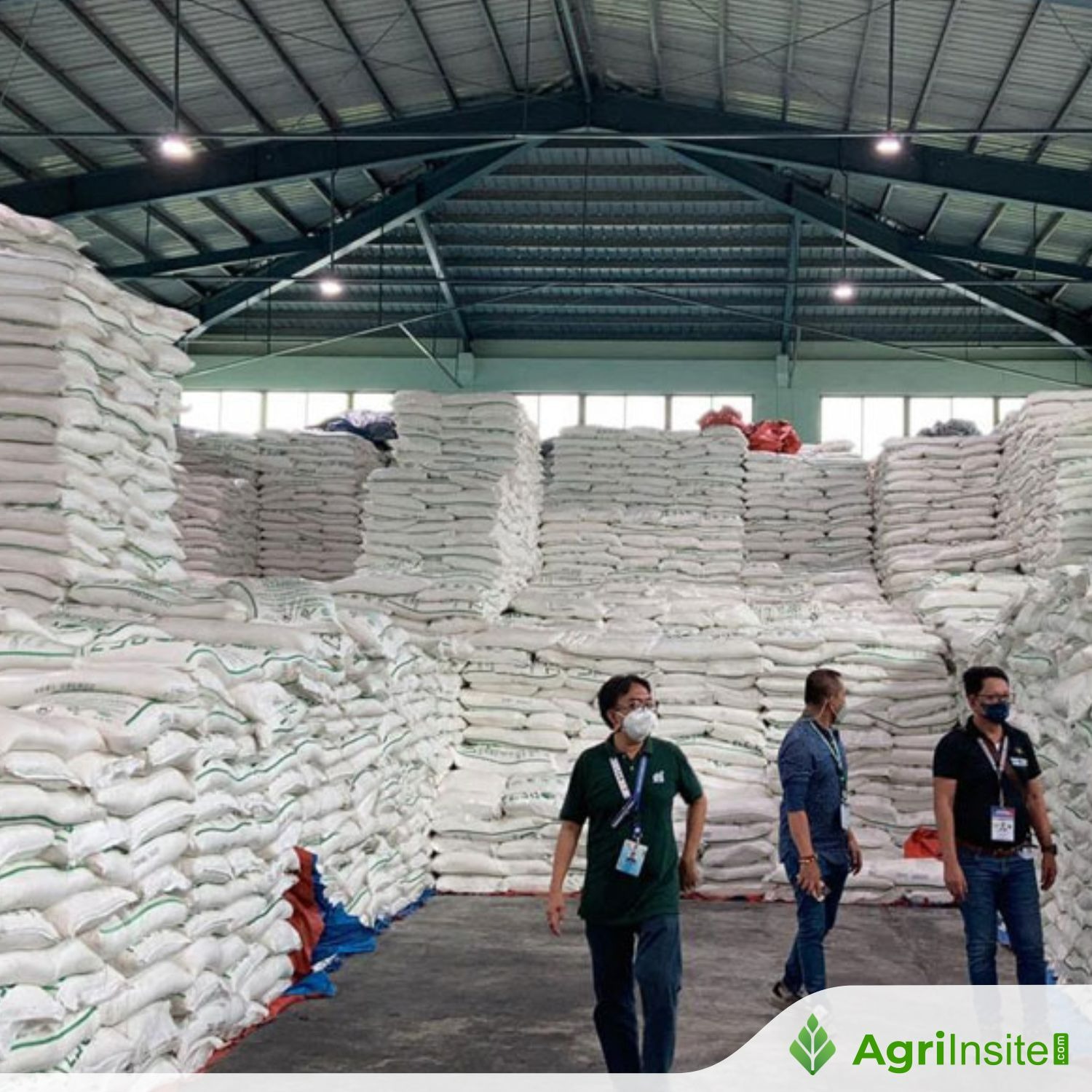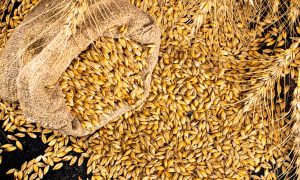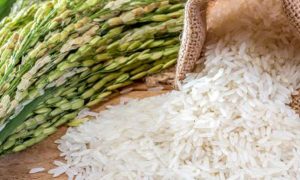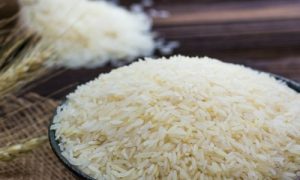Survey: Only 7% of auctioned rice reserves has made it to stores in Japan

Despite the central government releasing 210,000 tons of stockpiled rice in March auctions, only 7.1% (14,998 tons) reached retailers by April 27. Distribution delays and reliance on intermediaries like Zen-Noh hindered impact on prices. The agriculture ministry introduced new bidding rules favoring direct retailer supply, but effectiveness remains uncertain amid record-high rice prices.
Of the approximately 210,000 tons of stockpiled rice released by the central government in two auctions in March, only 14,998 tons actually made it to supermarkets and other retailers as of April 27.
This figure from the agriculture ministry translates to a mere 7.1 percent of that total.
It is also believed that the released rice has not been transported to all intended areas, thus failing to push down rice prices as a result.
The ministry’s announcement of the data on May 20 comes after its third survey of distribution destinations for stockpiled rice.
Its second survey that assessed the time frame ending on April 13 found that a mere 3,018 tons, or 1.4 percent of the 210,000 tons in total, had reached retailers.
The ministry said that the pace of distribution has increased, and that the time-consuming issue of coordinating transportation and milling of rice among traders in the first phase of the process has largely been eliminated.
However, a ministry official said, “It is possible to speed up the process even more.”
Therefore, earlier in May, the ministry demanded Zen-Noh, an agricultural cooperative that won more than 90 percent of the March bids, to move up its shipments.
Details of the third round of bidding results, also released on May 20, revealed that Zen-Noh won 96,925 tons, or about 97 percent, of the total.
In a new measure compiled on May 16, the ministry included changes to bidding conditions for its stockpile to suppress rice prices.
The ministry has set up priority quotas for suppliers who do not use wholesalers and ship to retailers.
This is because the government believes it is important for the relatively cheaper stockpiled rice to reach retailers quickly.
However, this, too, was based on the premise of using go-between collectors such as Zen-Noh, rather than the method of shipping rice directly from farmers to wholesalers or retailers.
It is unclear to what extent the new measure will lead to an increased pace of distribution.
The interdealer transaction price was also shared in the ministry’s announcement. This figure averages the cost of shipping rice from agricultural cooperatives, and other collection entities who acquire stock from farmers, to wholesalers.
The price for the 2024 rice harvest in April was 27,102 yen ($189) per 60 kilograms of “genmai” brown rice, including taxes. This is an increase of 1,226 yen, or 5 percent, from the previous month.
This was the first time in two months that this price rose, surpassing February’s 26,485 yen to reach a new record high.
The March price was 609 yen, or 2 percent, lower than the prior month, thanks to the release of the government’s reserves.
Though a second batch of stockpiled rice was released in late March, it included less of the 2024 harvest; this factor led to the view that this round did not achieve the same affect as the initial release.
To Read more about Rice News continue reading Agriinsite.com
Source : The Asahi















